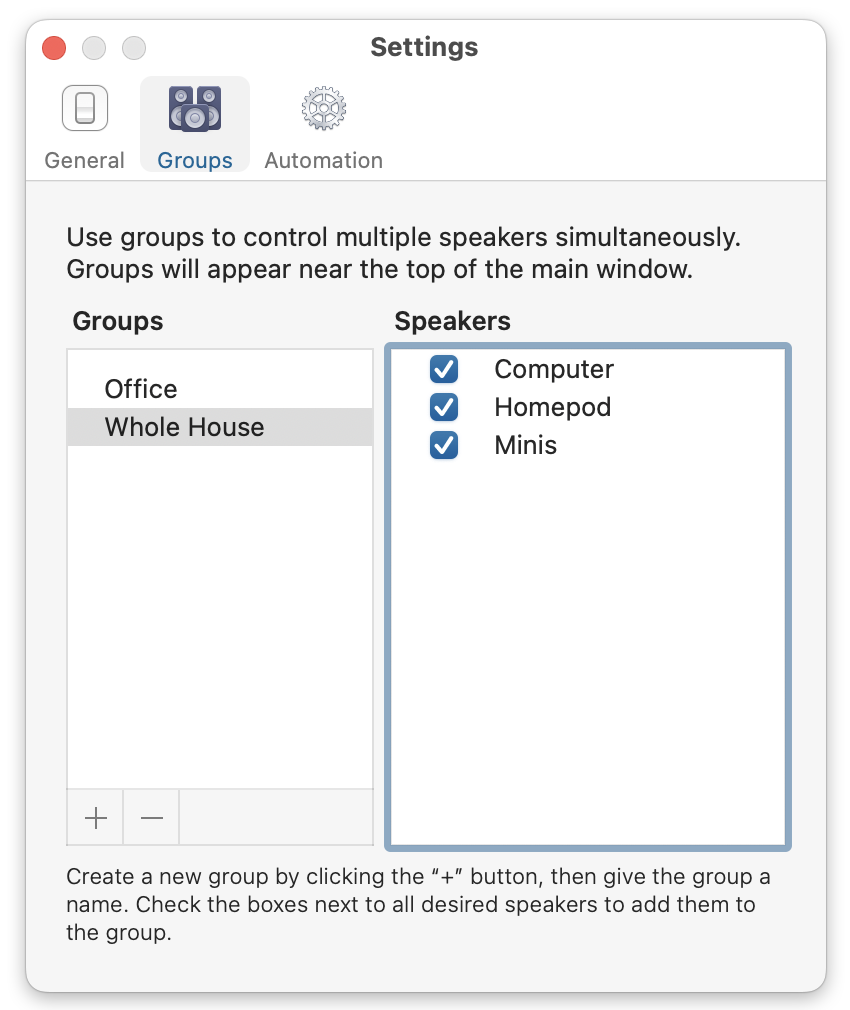


The tip noise peak magnitude and frequencies were found to be nearly independent of the airfoil aspect ratio however, a reduction in AR was found to shift the tip noise source region further inboard. The tip noise spectra for the supercritical airfoil can be scaled on the fourth power of Mach number and the length-scale associated with the spectral peak. The beamformed source maps for NACA profiles reveal an intense high-frequency noise source near the tip leading-edge which is much weaker for the supercritical airfoil due to differences in the curvature of the profiles. No such peak was observed for the NACA profiles even for higher lift conditions. The tip noise spectra for the supercritical airfoils exhibit a prominent peak that scales with the free-stream velocity, but its frequency is a weak function of the lift on the airfoil and the aspect ratio. The noise generated by the cross-flow across the tip was the dominant noise source for the three-dimensional airfoils, particularly under high-lift conditions where it exceeds the noise from the mid-span portion across the considered frequency range. The noise from the two-dimensional airfoil was found to scale on the fifth power of Mach number. For comparison, the sound radiated by a symmetric NACA 0012 and cambered NACA 2412 airfoil was also measured under the same conditions.

For the three-dimensional airfoil, two different aspect ratios (span-to-chord ratio) of 1.0 and 1.5 were considered. The chord-based Reynolds numbers were between 156,000 and 468,000, while the Mach numbers ranged between 0.04 and 0.13. Measurements of far-field sound radiated by two and three-dimensional supercritical airfoils (ONERA OAT 15A) placed in a low Mach number flow were performed in an anechoic open-jet facility.


 0 kommentar(er)
0 kommentar(er)
